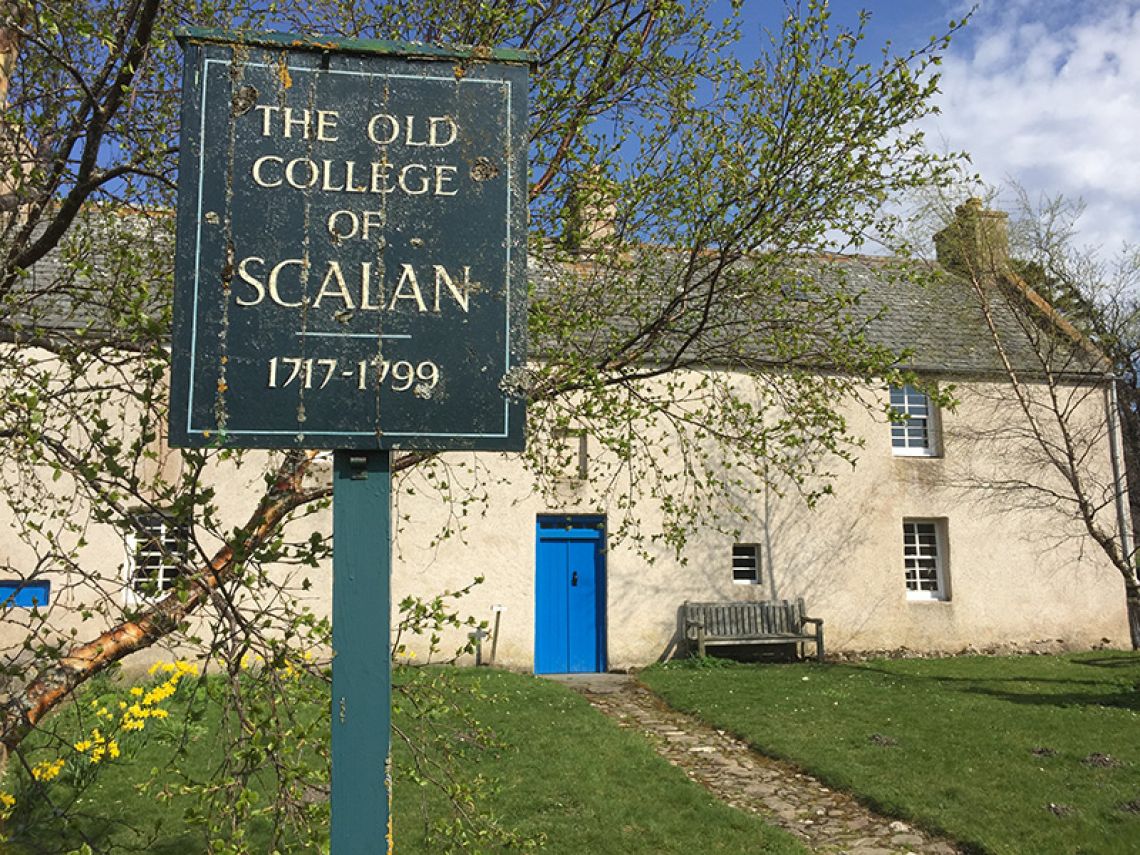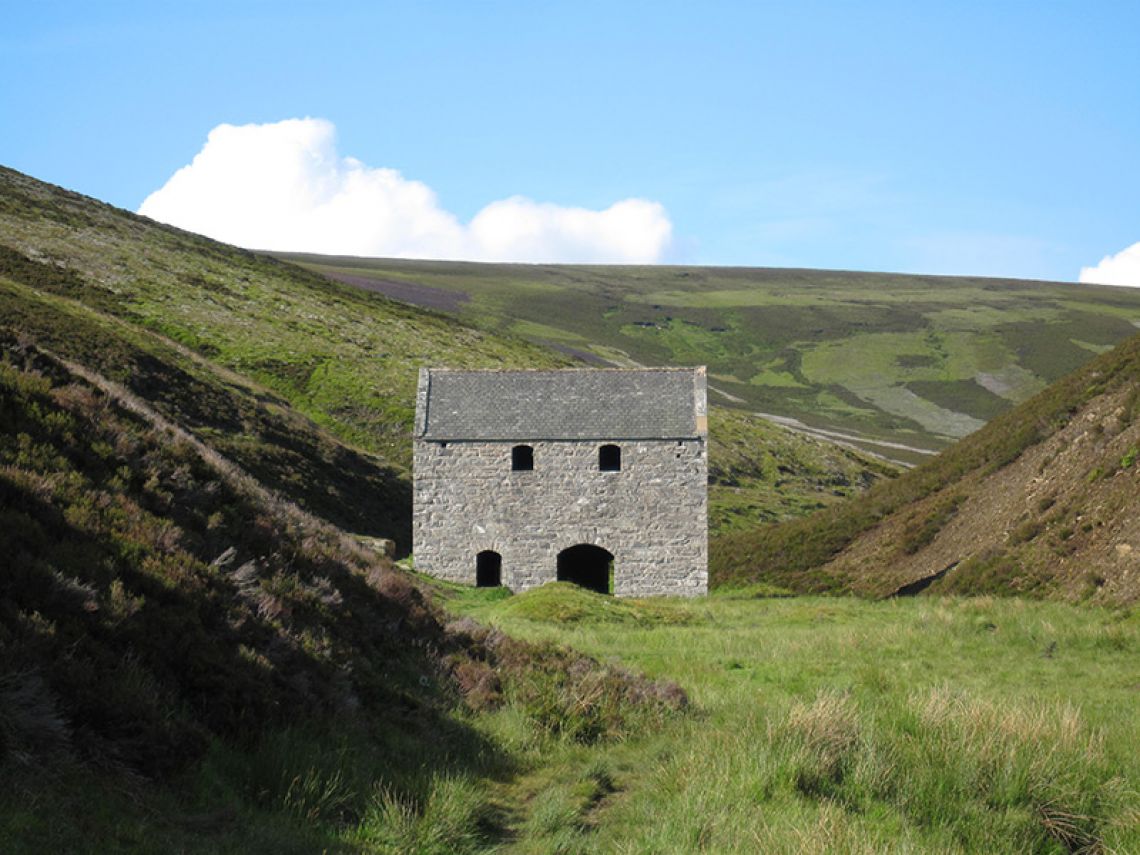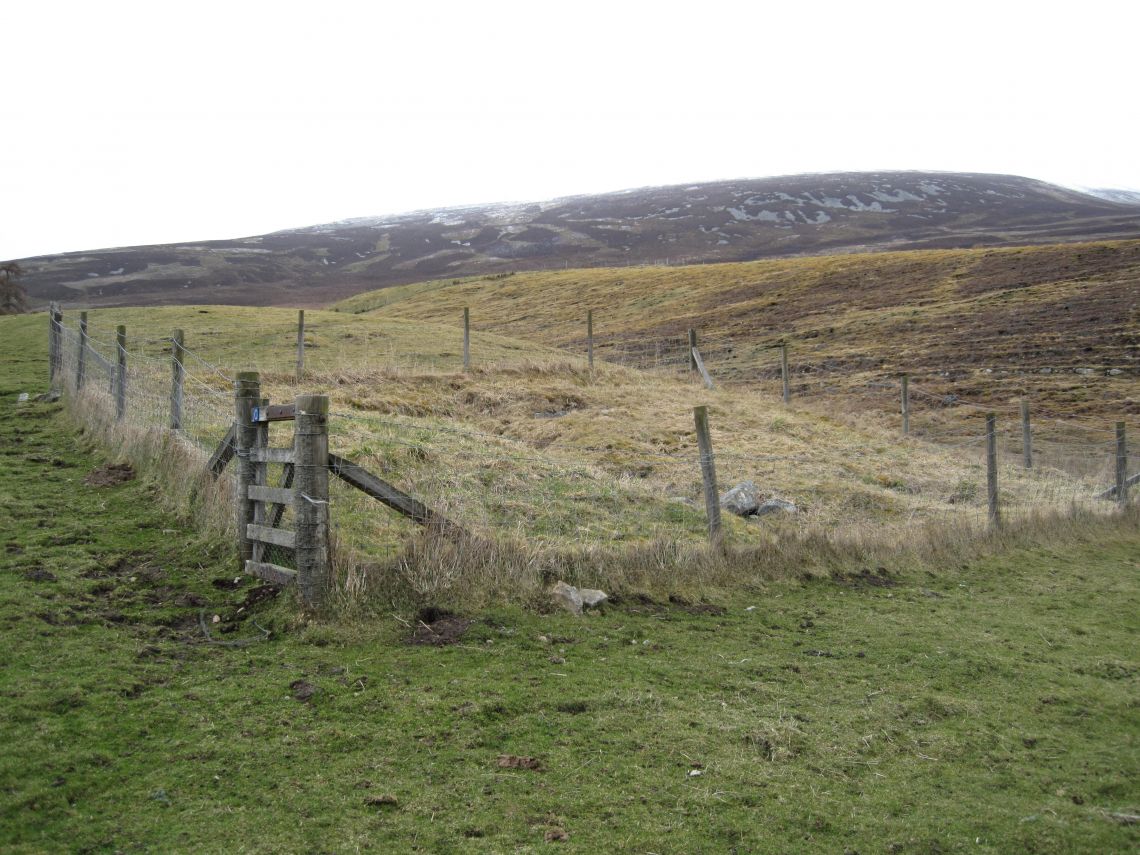Visitor Attractions
- Visitor centres
- For the Family
- Castles & Battles
- Viewpoints & Bridges
- Historic sites
- Distilleries
- Dark Skies
- All Access Mindfulness Trail
Historic sites

Scalan Seminary
Hidden deep in the Braes of Glenlivet, the Scalan seminary is arguably one of the most significant sites of historical interest in the area. The Braes of Glenlivet offered seclusion to the persecuted 18th Century Catholics, who trained over 100 priests here, ensuring the survival of the Catholic faith.
The old College of Scalan, (named after the Gaelic sgalan, meaning turf roof), lies about 1km from the car park at the Carrachs, along the rough farm track. The building is open all year for visitors to savour how ‘with courage and dogged perseverance’ the Catholic faith survived. The Scalan Heritage Trail, a 4.5km circular walk, offers some breathtaking views of the Braes of Glenlivet and the Ladder Hills.
Please note
Scalan can only be reached by a 1km walk along a rough farm track from the Carrachs car park - the area is isolated and can be cold in poor weather.

Lecht Mine
Set in the hills at the foot of the Lecht, the iron mine has a rich and interesting history. Originally opened by the York Buildings Company of London as an iron ore mine in 1730 the mine saw substantial losses and closed only seven years later. The iron ore was carried on pony-back over the river Avon (at the Fordmouth ford) and across the hills to Nethy Bridge, where the wood from Abernethy Forest was used to smelt it down into 'Strathavon pigs'.
The mine was re-opened in 1841 by the Duke of Richmond & Gordon as a Manganese Mine, and at it's peak of activity over 60 men and boys worked the mine and it was, and still is, the largest manganese mine ever worked in Scotland. Sadly, competition from imported ore caused the mine to close for a final time after just 5 years of trading.
Only the crushing mill building remains, this being very solidly built to carry the water wheel. Spoil heaps and foundations of other buildings can also be seen across the burn. The mine can be reached by an attractive short walk from the Well of the Lecht car park.
Well of Lecht
Across the road from the Lecht Mine car park, a marker stone commemorates Colonel Lord Charles Hey and the five companies of the 33rd regiment that in 1754 built the military road from here "to the Spey", at Grantown-on-Spey.
Knock Earth House
Mystery surrounds this stone lined underground chamber. Discovered in the 1960’s by a ploughman working his field, the Knock Earth House is thought to have originally been a ‘souterrain’ dating from the late Bronze Age. It’s also likely that the site was built or adapted in the 18th Century to house an illicit whisky still, disguised by a corn-drying kiln built next to its entrance. The Knock Earth house can be found by taking a diversion off the West Avonside Path. The site is an ancient listed monument, so if exploring please take care not to disturb any stones.
Tomintoul
Developed in the late 18th Century, the charismatic village of Tomintoul was built by the 4th Duke of Gordon who established the new planned settlement with its regimented grid-like layout on this "bleak and barren moor". Its layout hasn’t changed much since. The Duke’s demand for a good Public House in the centre of the town no doubt helped to secure its popularity. Situated at 234m above sea level, Tomintoul is renowned as the highest village in the Highlands.
Kirkmichael
Set against the backdrop of magnificent open moorland, the site of the Kirkmichael parish church dates back to the 13th Century, the current church being built in 1807. Visit the graveyard to find many notable academics and military men who were born and raised in the area.
